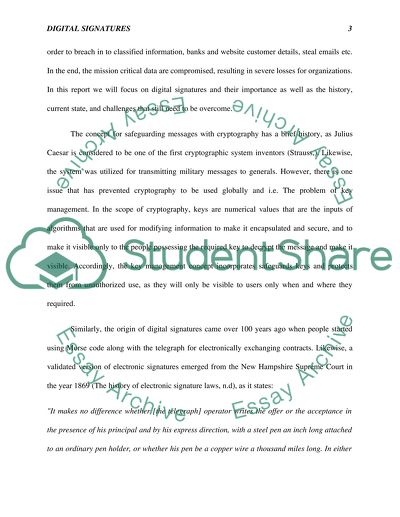Cite this document
(“Security of Digital Signatures Research Paper Example | Topics and Well Written Essays - 3750 words”, n.d.)
Retrieved from https://studentshare.org/information-technology/1398460-security-of-digital-signatures
Retrieved from https://studentshare.org/information-technology/1398460-security-of-digital-signatures
(Security of Digital Signatures Research Paper Example | Topics and Well Written Essays - 3750 Words)
https://studentshare.org/information-technology/1398460-security-of-digital-signatures.
https://studentshare.org/information-technology/1398460-security-of-digital-signatures.
“Security of Digital Signatures Research Paper Example | Topics and Well Written Essays - 3750 Words”, n.d. https://studentshare.org/information-technology/1398460-security-of-digital-signatures.


